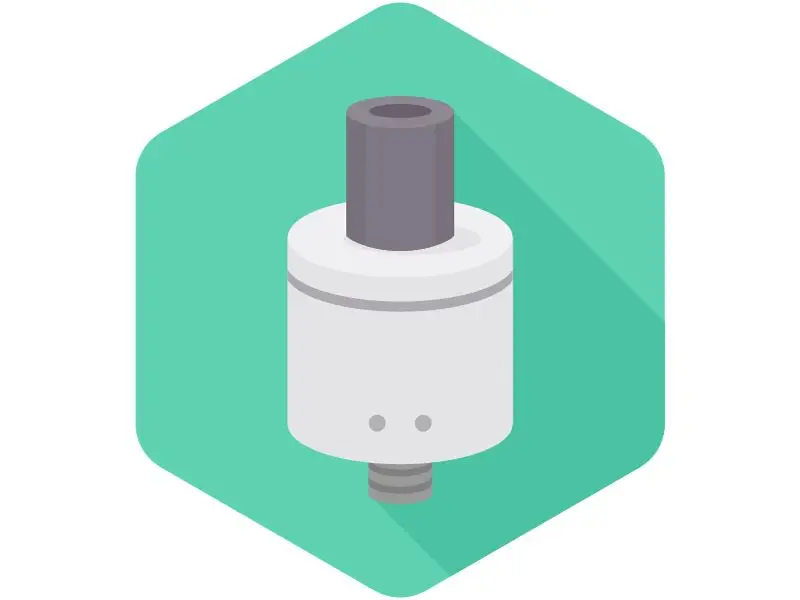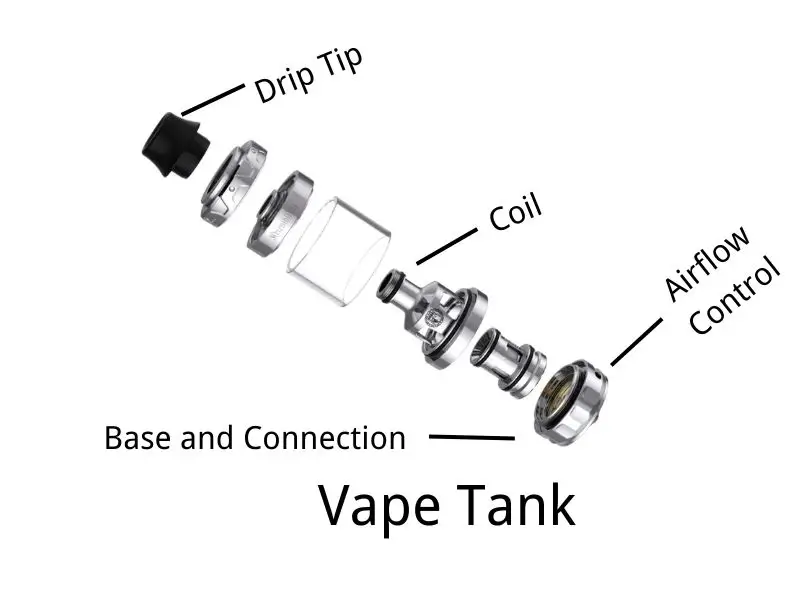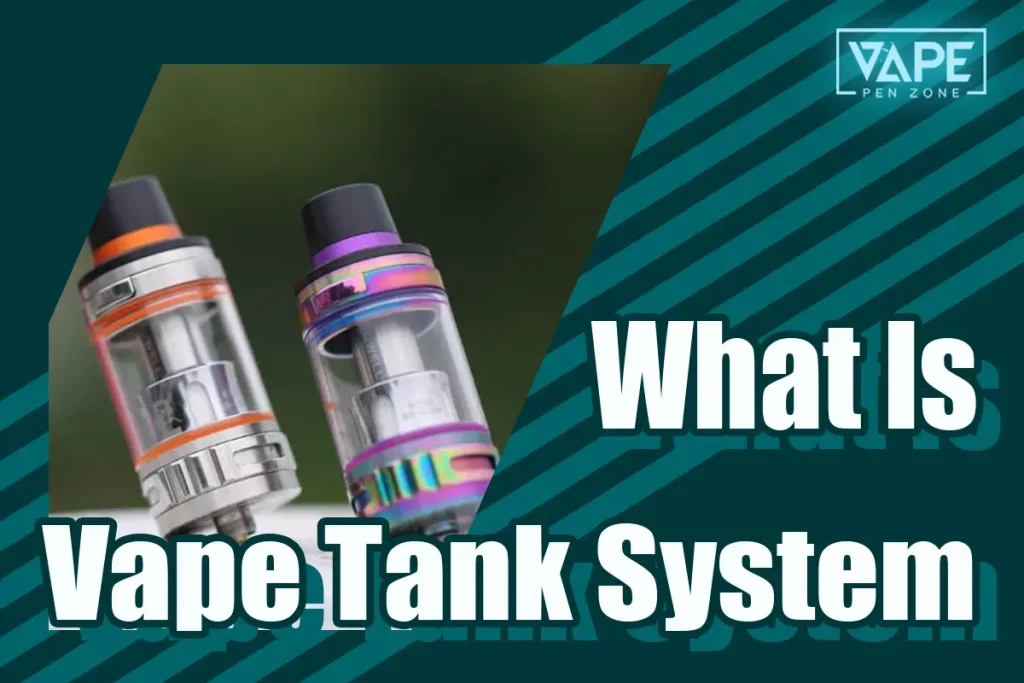Introduction
Vape tank systems are fundamental to electronic cigarettes and vaping devices.
Vape tank systems are pivotal in delivering nicotine and flavour in a vaporized form to users.
So, this article will provide a popular science overview of vape tank systems, explaining their anatomy, functionality, types, and maintenance methods.
The Definition of Vape Tank Systems

A vape tank system, also known as a vape tank or atomizer, is a crucial component of an e-cigarette or vaping device.
It serves as the container for holding e-liquid (vape juice) and houses the heating element (coil) responsible for vaporizing the e-liquid.
Vape tanks play a central role in vaping, as they determine factors such as flavour, vapour production, and the overall vaping experience.
Anatomy of A Vape Tank System
A vape tank system consists of several essential components:
- Tank
- Coil
- Drip Tip
- Airflow Control
- Base and Connection

How do Vape Tanks Work?
Vape tanks operate on a simple principle: the e-liquid is drawn from the tank to saturate the coil’s wick.
When the coil is heated by the battery, the e-liquid turns into vapour, which is then inhaled through the drip tip.
Types of Vape Tanks
- Sub-Ohm Tanks
Sub-ohm tanks are designed for direct lung (DL) vaping, producing large vapour clouds and intense flavour. They use low-resistance coils (less than 1 ohm) and require higher wattage settings.
- MTL Tanks
Mouth-to-lung (MTL) tanks offer a sensation closer to smoking a traditional cigarette. They use higher-resistance coils and are known for their efficiency in nicotine delivery.
- RTA (Rebuildable Tank Atomizer)
RTAs allow advanced users to build and customize their coils and wicks. They offer greater control over the vaping experience but require technical knowledge.
- RDA (Rebuildable Dripping Atomizer)
RDAs are similar to RTAs but do not have a tank to store e-liquid. Users must drip e-liquid directly onto the coil and wick, providing maximum flavour but requiring frequent refills.
How do You Fill a Tank?
To fill a vape tank, follow these general steps:
- Detach the Tank
- Locate the Fill Ports
- Prepare the E-Liquid
- Open the Tank
- Fill the Tank
- Close and Reassemble
- Let it Sit
- Adjust Airflow (if needed)
- Reattach to Device
- Check for Leaks
Always refer to the specific instructions provided with your vaping device and tank, as different models may vary in their design and filling process.
How to Clean Vape Tanks?
Cleaning a vape tank is a straightforward process that helps maintain the performance and flavour of your device. Here’s a step-by-step guide on how to clean a vape tank:
- Empty the Tank
- Disassemble the Tank
- Rinse with Warm Water
- Soak in Isopropyl Alcohol (Optional)
- Clean with a Brush or Q-tip
- Rinse Again
- Dry Thoroughly
- Reassemble
- Prime the Coil (if applicable)
- Refill and Vape
Maintenance and Care
To ensure a safe and enjoyable vaping experience, vape tank systems require regular maintenance:
- Coil Replacement: Coils have a limited lifespan and must be replaced when the vapour quality deteriorates or the taste becomes burnt.
- Cleaning: Periodic cleaning of the tank components is essential to prevent residue buildup and maintain flavour purity.
- E-Liquid Selection: Choose high-quality e-liquids with appropriate nicotine levels and flavours to suit your preferences.
Verdict
Vape tank systems are pivotal in the world of vaping, offering a safer alternative to traditional tobacco smoking.
Understanding these devices’ anatomy, functionality, and maintenance empowers users to make informed choices and enjoy a satisfying and customizable vaping experience.
As vaping technology continues to evolve, vape tanks remain at the forefront of innovation, providing a versatile platform for various vaping styles and preferences.
FAQ About What Is Vape Tank System
What is the type of vape tank?
There are four main types of vape tanks.
- Sub-Ohm Tanks
- MTL Tanks
- RTA (Rebuildable Tank Atomizer)
- RDA (Rebuildable Dripping Atomizer)
What is the difference between a vape tank and a pod?
One of the big differences between pods and tanks is that tanks are glass, and pods are plastic. Besides, closed pods are prefilled and disposable, while tanks generally need to be filled with e-liquid before use.
What is the difference between a mod and a tank?
The big difference between a mod and a tank is that the mod is the vaping device’s power source and control unit responsible for supplying electrical power to the tank’s coil.
Conversely, the tank holds the e-liquid and houses the coil, which heats up to create the vapour.
What is the difference between RTA and vape tanks?
The main difference between RTAs and traditional vape tanks lies in coil building and customization. RTAs are designed for advanced vapers who enjoy building and customizing their coils.
However, vape tanks offer convenience and ease of use, making them popular among beginners and those who prefer a more straightforward vaping experience.


